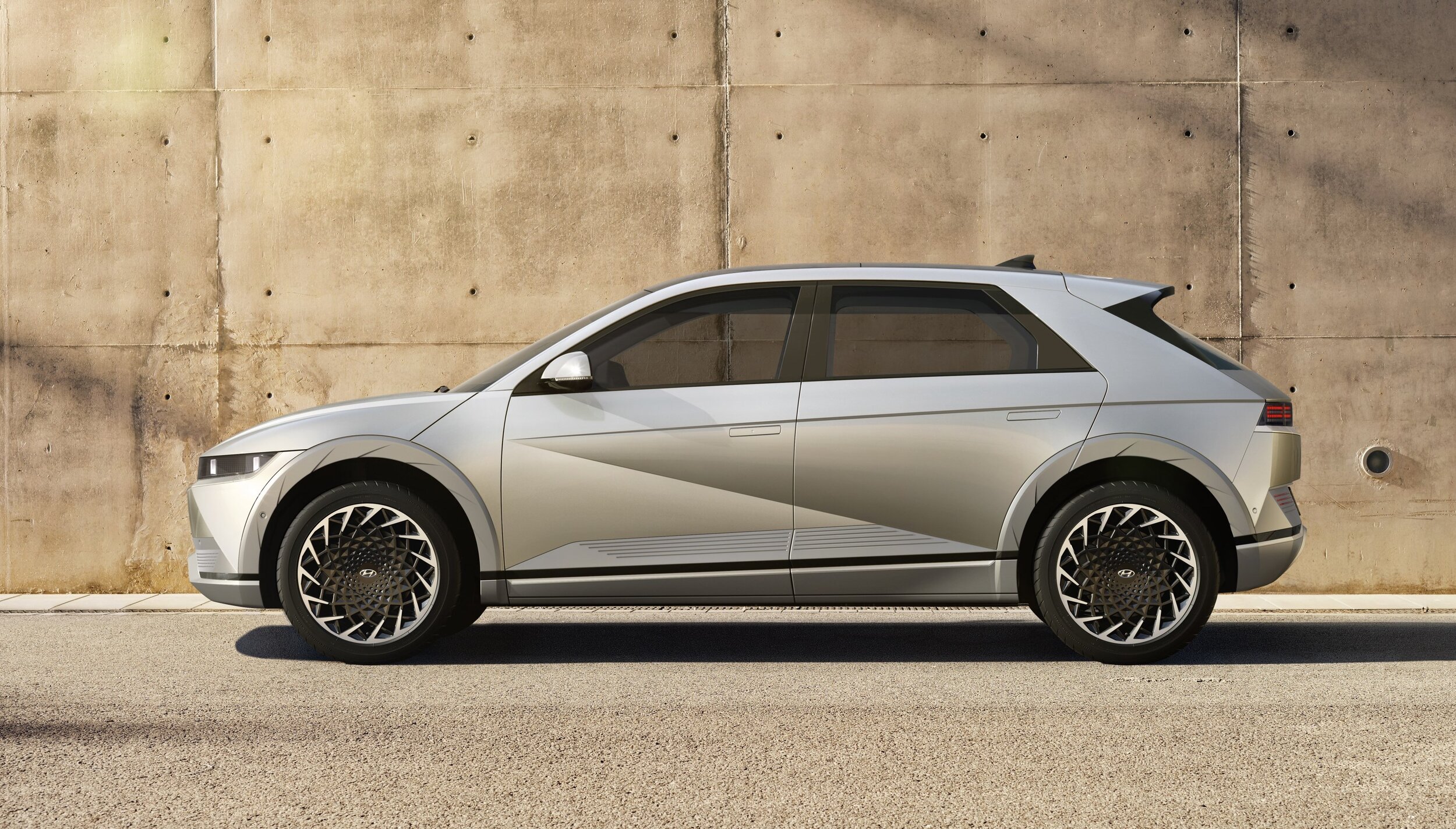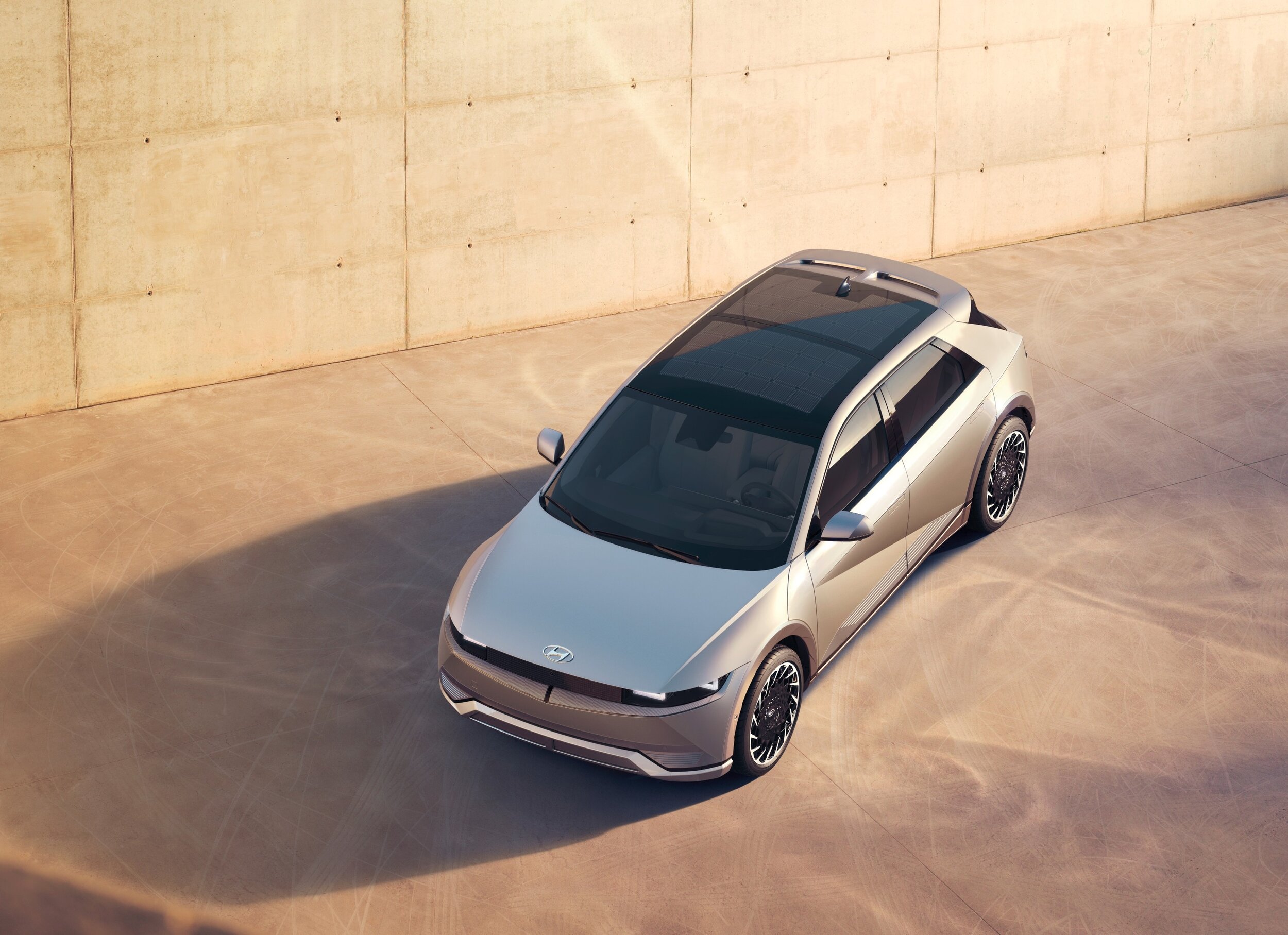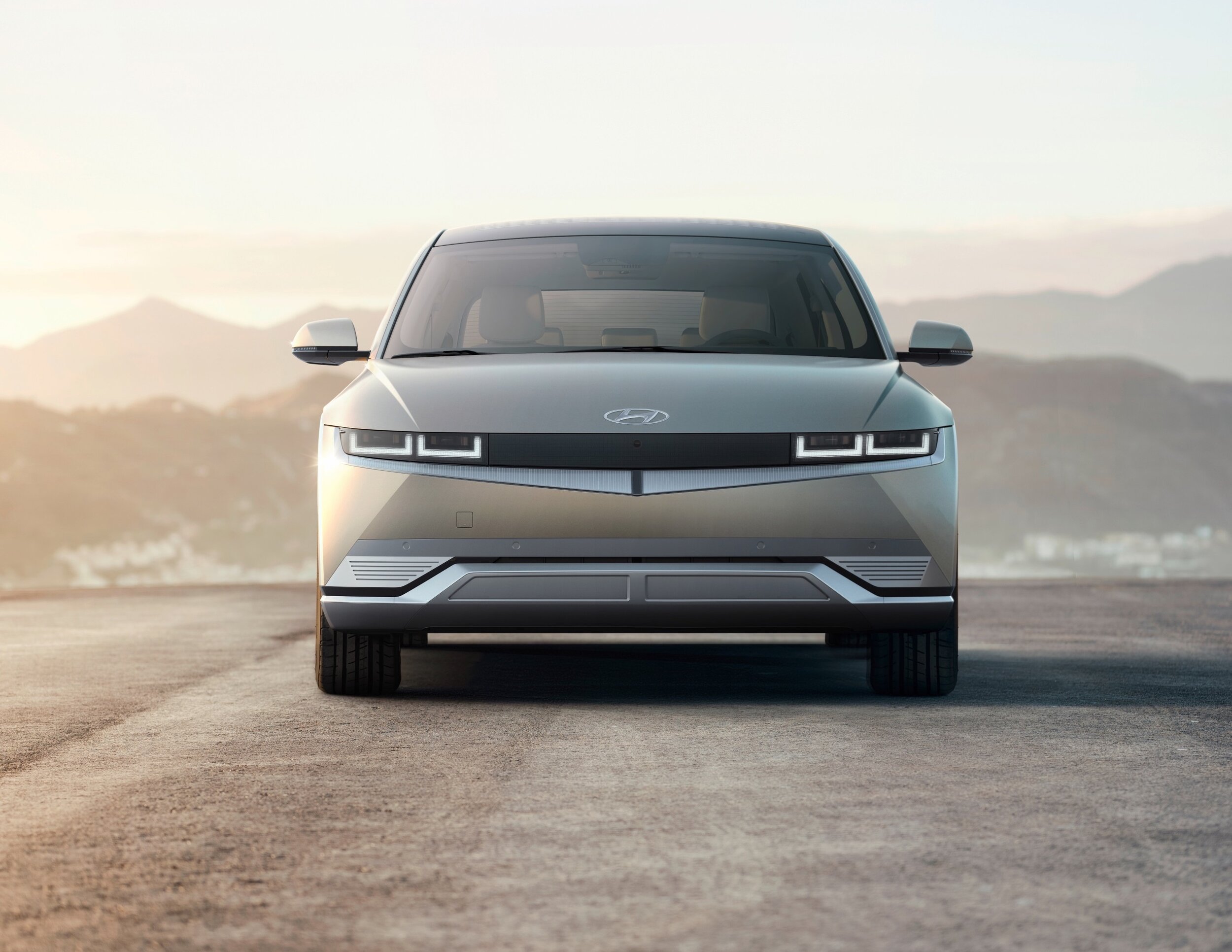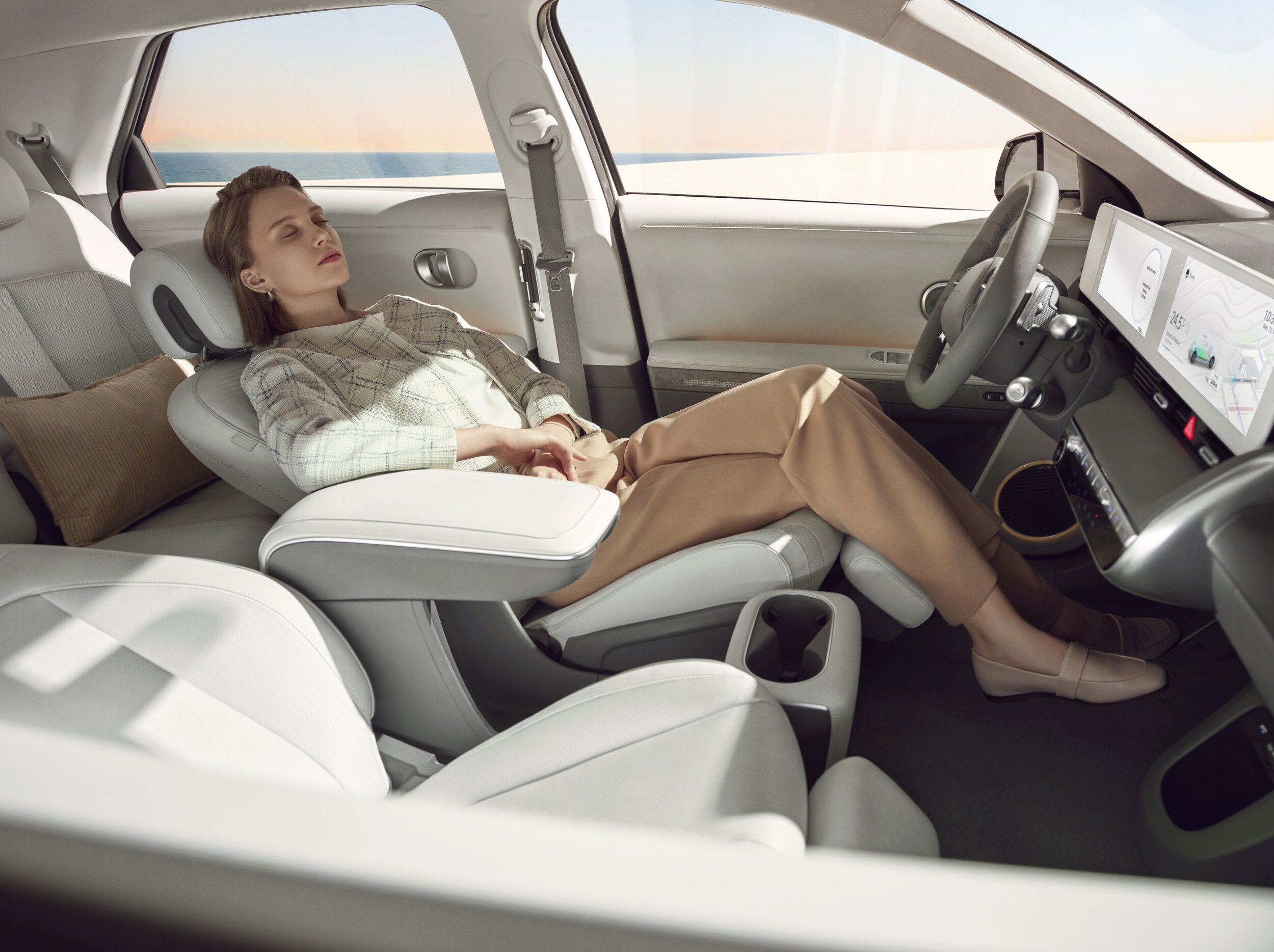Five a big numbers car
/A host of clever tech comes with the first product from Hyundai’s new EV sub-brand
ANTICIPATED local availability is the second half of his year – oh, and what you see may or may not entirely be what you get.
That’s the initial message out of Hyundai New Zealand in respect to the ‘5’, the first of a new lineup of all-electric Ioniq-branded cars, and the first to use Hyundai's high-tech new Electric-Global Modular Platform (E-GMP).
In comment timed with the car’s global unveiling overnight, local brand spokeswoman Kimberley Waters has offered: “Please note that this is a global release so specifications will vary per country/region.
“Once we are in a position to share more about the IONIQ 5 specifications for the NZ market (anticipated arrival is the second half of the year) we will so.”
That cautionary comment seems reasonable – this initial unwrap suggests there’s conceivably a lot offered with this car that stretches, if not outright breaks, existing local boundaries.
It’s fair to suggest that that platform is arguably the most important thing about this hatchback.
It means that not only does it have a flat-floor interior, optional four-wheel drive, and a range of up to 500km, but it also a facility barely supported in New Zealand - 800-volt charging, until now the preserve of high-end EVs such as the Porsche Taycan and Audi e-Tron GT.
This means that the Ioniq 5 can draw as much as 220kW of power from a high-speed public charging point, meaning that an 80 percent battery charge can be achieved in as little as 18 minutes. Just charging up at maximum for five minutes adds 100km of driving range.
Also, the Ioniq 5's charging system is also the first to come to market with something else Kiwis have yet to experience: Vehicle-to-grid capability. That means it’s a portable generator in itself.
The idea is can power tools, camping equipment, laptops and an electric bike. Hyundai envisages that, in the future, you will be able to sell excess charge in the battery to the national grid at peak times and then recharge your Ioniq 5 later on, at cheaper night rates.






The car also provisions with either one or two electric motors, for two- or four-wheel drive. The single motor version uses a 126kW rear-mounted motor. The all-paw is a dualy, with a combined power output of 227kW and 605Nm of torque. In latter form, the Ioniq 5 will accelerate from 0-100kmh in just 5.5 seconds.
Range depends on the battery. There’s a choice of two - a 58kWh unit or a 72.6kWh unit. Hyundai hasn't indicated the range for the smaller, but the bigger one, with a single electric motor, lends 480km on the WLTP test.
The styling influence is the first car Hyundai sold in NZ, the Hyundai Pony, but not seriously; size-wise it is much larger, too. It seems spacious, with a three-metre wheelbase, flat-floor, and lie-flat seats. The centre console slides back and forth; one reason being so front seat passengers can get in and out through either front door. There's a spacious 531-litre boot as well.
There are two 12-inch displays up front for the instrument panel and the infotainment system, plus an 'augmented reality' heads-up display. The Ioniq 5 will also come with the full suite of 'BlueLink' connectivity, meaning in-car internet connection, smartphone control, and more.
Price? There’s been all sorts of speculation, but nothing confirmed, let alone locally.But given the spec, the car’s size, the fact that its job is to establish Ioniq as a more techy and glam alternate to the parent brand’s own electric cars, the Kona and, erm, Ioniq (hatch) and even the factor of Hyundai here being represented by an independent distributor rather than as a factory shop (as sub-brand Kia effectively plays) … well, don’t be surprised if at least the AWD pushes aside the up-to-$130k Palisade large SUV as Hyundai’s most expensive product here.

















